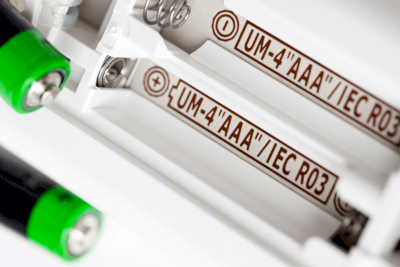What Is a Battery Spring?
 A battery spring is a contact terminal designed to supply electricity from batteries in devices like battery boxes that use dry-cell batteries. There are two main types: wire springs and plate springs. Plate springs are further categorized into those with a wire spring for the negative pole and others with plate springs for both poles. These springs are standardized for each battery size in terms of contact area and terminal height, typically made from materials like nickel-plated copper wire for wire springs and nickel-plated brass for plate springs.
A battery spring is a contact terminal designed to supply electricity from batteries in devices like battery boxes that use dry-cell batteries. There are two main types: wire springs and plate springs. Plate springs are further categorized into those with a wire spring for the negative pole and others with plate springs for both poles. These springs are standardized for each battery size in terms of contact area and terminal height, typically made from materials like nickel-plated copper wire for wire springs and nickel-plated brass for plate springs.
Uses of Battery Springs
Battery springs serve as contact terminals for the positive and negative poles of batteries in various equipment, ensuring efficient current flow. The selection of appropriate terminals must align with the battery size, considering the spring height and contact area. Wire springs, due to their flexibility, save space and facilitate easy connection. However, plate springs are preferable for high-load applications because of their lower resistance.
Principle of Battery Springs
Battery springs are available in two forms: wire springs with coil structures for both poles and plate springs with metal springs on a switching tag for one or both poles. These designs are tailored for conductivity, durability, usability, electrical resistance, and safety. The material, shape, coil turns, contact area and terminal height are standardized for each battery size. The choice between wire and leaf springs depends on factors like installation ease, equipment assembly, and space requirements, with leaf springs being the preferred choice for high-load applications due to their lower resistance.